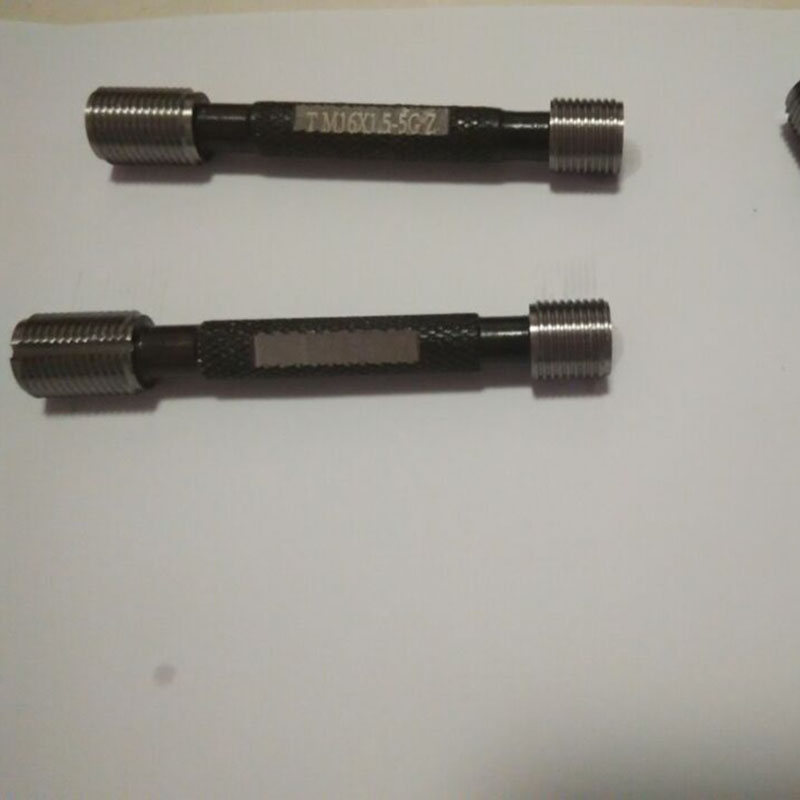stu . 02, 2024 16:05 Back to list
different types of ball valves
Different Types of Ball Valves
Ball valves are crucial components in various industrial applications, known for their reliability and efficiency in controlling the flow of fluids. Their simple design and quick operation make them a preferred choice for many systems. This article explores the different types of ball valves, focusing on their construction, operating mechanisms, and applications.
1. Standard Ball Valves
The most common type of ball valve is the standard ball valve, which employs a spherical disc, or ball, to regulate flow. The ball has a hole in the center that aligns with the pipe when the valve is open. Rotating the handle by a quarter turn changes the position of the ball, effectively starting or stopping the flow. This type of valve is versatile and widely used in industries, including oil and gas, water treatment, and chemical processing.
Trunnion ball valves are designed with additional support for the ball, which is anchored at the top and bottom by trunnions (pins). This design allows for larger flow capacities and better sealing under high pressure. Trunnion valves are often found in applications that require precise flow control, such as in the oil and gas sector, where they help manage high-pressure processes and enhance operational safety.
3. Floating Ball Valves
In floating ball valves, the ball is held in place by the valve body and is free to move slightly within the body as the valve closes. This movement allows the ball to self-align and create a tight seal against the seat. Floating ball valves are typically used in lower-pressure applications, making them ideal for water supplies and other less demanding environments.
different types of ball valves

4. Multi-Port Ball Valves
Multi-port ball valves possess more than two ports, enabling them to direct flow in multiple directions. They can have configurations such as T-port or L-port designs, which facilitate flow diversion or mixing processes. These valves are especially useful in applications where one needs to transfer fluids between different pipelines or choose between multiple feed sources.
5. V-Port and Cavity Ball Valves
V-port ball valves have a V-shaped opening in the ball that enables precise flow control, making them ideal for throttling applications. The design allows for better regulation of flow and pressure, making them suitable for applications that require more than just on/off capabilities.
Cavity ball valves, on the other hand, feature a specially designed ball that allows for the accumulation of fluids in designated cavities. This design minimizes the risk of leakage, making them suitable for hazardous materials and processes where contamination must be avoided.
Conclusion
In conclusion, the variety of ball valves available caters to different application needs and operational requirements. From standard to trunnion, floating, multi-port, V-port, and cavity ball valves, each type has its unique advantages and is tailored for specific tasks. Understanding these differences ensures that engineers and operators can select the right valve for their systems, optimizing performance, safety, and efficiency in fluid handling processes.
-
thread-plug-gauge-our-promise-of-measurement-excellenceNewsAug.22,2025
-
gauge-pin-class-reflecting-quality-legacyNewsAug.22,2025
-
check-valve-types-for-high-rise-buildingsNewsAug.22,2025
-
water-control-valve-for-irrigation-systemsNewsAug.22,2025
-
gate-valve-with-soft-seal-technologyNewsAug.22,2025
-
y-type-strainer-for-oil-and-gas-applicationsNewsAug.22,2025
Related PRODUCTS









